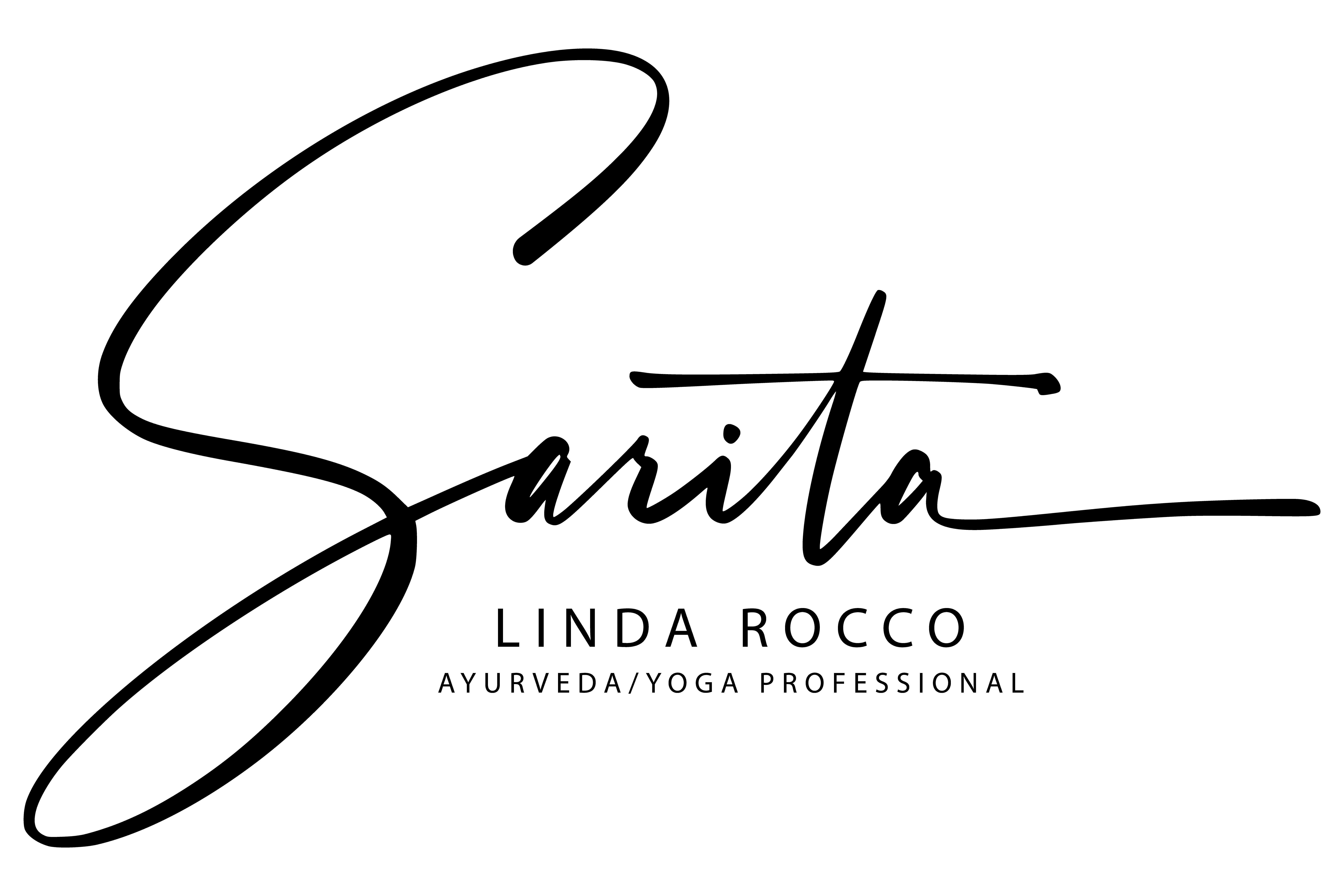Pain as a Spiritual Teacher: How Discomfort Leads Us to Sadhana
- Sarita-Linda Rocco

- Feb 19
- 3 min read

I never intended to step onto the spiritual path because of pain. Like most people, I imagined spiritual study as something gentle—you know, candlelit moments filled with beautiful insights, accompanied by the occasional glimpse into enlightenment. But over the years, life has had other plans.
Pain—whether physical, emotional, or the quiet ache of existential questioning—has a way of knocking on my door when I least expect it. At first, I resisted. I tried to ignore it, distract myself, or push it away. But eventually, pain sat me down and demanded my attention. And in that moment, I had to choose: Would I simply suffer, or would I allow this discomfort to become my teacher?
Pain as a Portal
The yogic tradition does not romanticize pain, nor does it suggest that we should seek it out. But it does recognize that pain, when approached with awareness, can become a powerful catalyst for transformation. The Bhagavad Gita speaks of suffering as a call to action—a divine nudge toward self-inquiry and the pursuit of something greater.
For many of us, pain is what first leads us to yoga practice. We come to class because our bodies hurt. We try to meditate because our minds won’t stop spinning. We study spiritual teachings because we crave answers. For me, what started as an attempt to escape suffering evolved into a deep, committed relationship with self-inquiry.
I’ve seen this unfold in students as well. It often begins with the knee that won’t heal or the heartbreak that cracks them wide open. Grief can make us question everything. These experiences become the catalyst for healing and understanding. And yoga helps us find that path.
Sadhana: Walking Through the Fire
Sadhana, our daily spiritual practice, is the foundation that helps us navigate pain without getting lost in it. And often, it is in our most difficult moments that we commit to it fully.
Pain strips away distractions. It forces us to be present. When nothing else seems to work, we turn to conscious breathing, a mantra, or movement. We come to stillness, even when it feels impossible. And slowly, something shifts. The pain may not disappear overnight, but our relationship to it changes. We stop seeing it as an enemy and start recognizing it as a gatekeeper—a messenger.
The Softening
Pain is sharp. It tightens, it contracts, it makes us want to shut down. But pain also invites us to surrender and soften—not in defeat, but in trust. It asks us to expand our capacity for love, for patience, for grace.
I have endured great suffering—illness, loss, deep uncertainty. Through my yoga practice, I learned a deep reverence for my pain. Rather than a burden, it became part of my path. Suffering can transmute into wisdom.
The greatest gift of pain, for me, is that it has taught me to show up. To keep practicing, even when it’s hard—especially when it’s hard. To look within, even when I feel like running. To find meaning, even when life feels unfair.
Walking Together
If you are walking through pain right now, you are not alone. I honor your journey. And I am writing this for you—to gently remind you that your suffering is not a sign of failure. It is a doorway, inviting you deeper into yourself, into your practice, into the vast wisdom that lies within you.
Trust that you are being guided. And when you come to your next class, or sit in stillness, or say a prayer—know that you are not escaping pain. You are transmuting it. You are allowing it to shape you into someone even more whole, even more luminous.
Your yoga practice will carry you—not around pain, but through it. And then, almost without realizing it, the practice draws you deeper into the capital-S Self—the essence of who you truly are. This is the place of deep presence, of infinite knowing. Here, we begin to see that life itself is a divine unfolding, a sacred play of consciousness.
Practice More Yoga.

Comments